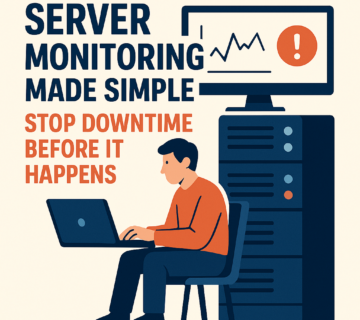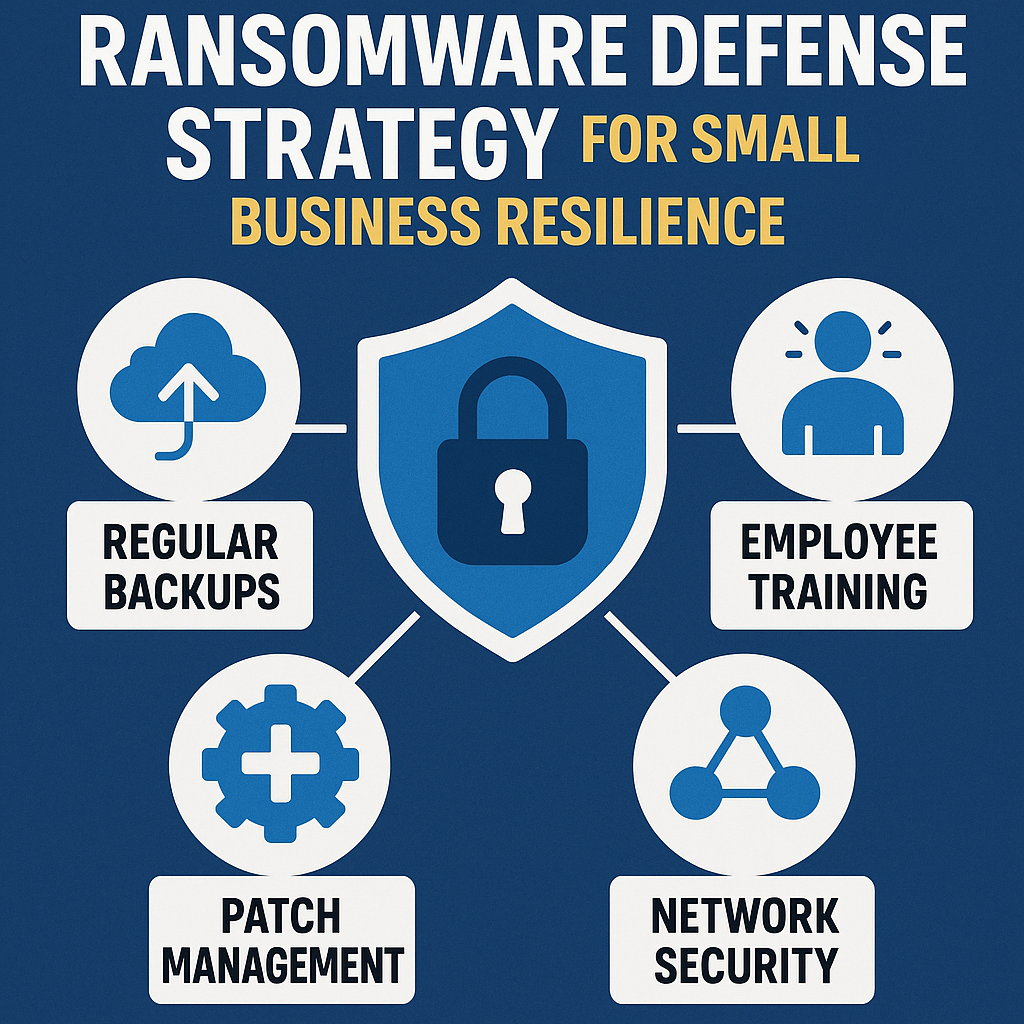The Alarming Reality of Modern Data Breaches: 141 Million Files Expose Critical Financial and Crypto Information
🎙️ Dive Deeper with Our Podcast!
The Alarming Reality of Modern Data Breaches
👉 Listen to the Episode: https://technijian.com/podcast/the-alarming-reality-of-modern-data-breaches/
The cybersecurity landscape has reached a troubling milestone with the recent analysis of 141 million compromised files from over 1,200 data breach incidents. This unprecedented study reveals the devastating scope of modern cyber attacks and highlights the urgent need for enhanced data protection strategies across all industries.
Understanding the Scale of the Problem
Recent cybersecurity research has uncovered disturbing trends in data breach incidents that extend far beyond simple credential theft. The comprehensive analysis examined 141,168,340 records from 1,297 separate ransomware and data breach events, providing unprecedented insight into the types of sensitive information being compromised in modern cyber attacks.
Unlike traditional breach analyses that focus primarily on structured data dumps and stolen credentials, this investigation delved deep into unstructured files that often contain the most valuable and sensitive information. The findings paint a concerning picture of widespread exposure of financial documents, personal identification data, and even cryptographic security keys.
Financial Data Emerges as Primary Target
The research reveals that financial information has become the crown jewel for cybercriminals. An overwhelming 93% of analyzed incidents contained some form of financial documentation, with these documents representing 41% of all compromised files. This statistic underscores the valuable nature of financial data and explains why cybercriminals consistently target these information types.
Bank statements appeared in nearly half of all breach incidents, while International Bank Account Numbers were discovered in more than one-third of compromised datasets. This level of financial data exposure creates significant risks for both individuals and organizations, as this information can be leveraged for identity theft, fraudulent transactions, and sophisticated social engineering attacks.
Personal Information Compromise Reaches Critical Levels
The investigation revealed that personal data belonging to both individual customers and business entities was compromised in four out of five security incidents examined. Most concerning is that 67% of this compromised personal data originated from customer service interactions, suggesting that routine business communications have become major vulnerability points for organizations.
Email communications proved particularly problematic, with 51% of incidents exposing emails containing U.S. Social Security numbers. This type of exposure creates long-lasting risks for affected individuals, as Social Security numbers remain static throughout a person’s lifetime and serve as key identifiers for numerous financial and government services.
Cryptographic Keys Create Unprecedented Security Risks
Perhaps the most alarming discovery involves the presence of cryptographic keys in 18% of all analyzed breaches. These digital keys serve as the foundation of modern cybersecurity, protecting everything from encrypted communications to secure authentication systems. When these keys fall into criminal hands, they provide the ability to bypass established security protections entirely.
The compromise of cryptographic keys represents a fundamental breakdown in security architecture. Unlike passwords that can be changed relatively easily, cryptographic key compromise often requires extensive system rebuilding and can provide attackers with ongoing access to secure systems and encrypted data.
The Evolution of Ransomware Tactics
Cybercriminal strategies have undergone significant transformation, with ransomware groups increasingly prioritizing data extortion over traditional file encryption. This tactical shift reflects the growing value of stolen information and the recognition that data theft can be more profitable than ransom demands for file decryption.
Recent security research indicates a 146% year-over-year increase in blocked ransomware attacks, suggesting that these threats are not only becoming more frequent but also more sophisticated. The volume of data being stolen has grown dramatically, with major ransomware groups increasing their data exfiltration by 92% in the past year alone.
This evolution from encryption-focused attacks to data-centric extortion schemes represents a fundamental change in the cybercriminal business model. Organizations now face the dual threat of operational disruption and sensitive data exposure, creating complex incident response challenges.
Code Files and Intellectual Property at Risk
The analysis revealed that code files accounted for 17% of all exposed data, representing a significant threat to organizational intellectual property and competitive advantages. Source code exposure can provide competitors with proprietary algorithms, reveal security vulnerabilities, and compromise years of development investment.
For technology companies and organizations with significant software assets, code file exposure can be particularly devastating. Competitors can gain insight into proprietary methodologies, while malicious actors can identify and exploit previously unknown security weaknesses.
The Role of Artificial Intelligence in Modern Attacks
Cybercriminals have begun incorporating artificial intelligence and machine learning technologies into their attack methodologies. These tools enable more targeted and efficient attacks by helping criminals analyze stolen data more effectively and identify the most valuable information within compromised datasets.
AI-powered analysis allows cybercriminals to process vast amounts of stolen data quickly, identifying financial information, personal details, and other valuable assets that can be monetized or used in subsequent attacks. This technological advancement has made data breaches more profitable and dangerous than ever before.
Industry-Wide Implications and Response Strategies
The findings highlight the need for comprehensive data protection strategies that extend beyond traditional perimeter security. Organizations must implement robust data classification systems, encrypt sensitive files at rest and in transit, and establish comprehensive monitoring for unusual data access patterns.
Regular security assessments should include detailed inventories of sensitive data locations, particularly unstructured files that may contain valuable information. Organizations should also implement strict access controls and monitoring for cryptographic keys and other critical security assets.
Employee training programs must address the risks associated with storing sensitive information in email communications and unstructured file formats. Many data exposures occur through routine business communications that inadvertently include sensitive details.
Frequently Asked Questions
1. What makes this data breach analysis different from previous studies?
This analysis examined the actual content of breached files rather than just focusing on structured data dumps. It analyzed 141 million individual files from over 1,200 separate incidents, providing unprecedented insight into what types of information are actually being compromised in modern cyber attacks.
2. Why are financial documents so commonly found in data breaches?
Financial documents are targeted because they provide immediate value to cybercriminals. Bank statements, account numbers, and financial records can be used for identity theft, fraudulent transactions, and social engineering attacks. The high prevalence (93% of incidents) reflects both their value and their widespread storage across business systems.
3. How dangerous is the compromise of cryptographic keys?
Cryptographic key compromise is extremely serious because these keys protect the fundamental security of digital systems. Unlike passwords, compromised cryptographic keys can provide ongoing access to encrypted data and secure systems, often requiring complete security infrastructure rebuilding to address.
4. What should organizations do if they discover sensitive data in their email systems?
Organizations should implement email encryption, establish policies against including sensitive information in email communications, and regularly audit email systems for inadvertent sensitive data storage. Employee training on proper handling of sensitive information is also crucial.
5. How has ransomware changed in recent years?
Cybercriminals have shifted their ransomware tactics from simply locking files through encryption to stealing sensitive information for blackmail purposes. Modern ransomware groups often prioritize stealing valuable data for extortion purposes rather than just encrypting files for ransom, making data protection even more critical.
6. How is artificial intelligence being leveraged by threat actors in contemporary cybersecurity incidents?
Cybercriminals use AI to analyze stolen data more efficiently, identify valuable information within large datasets, and create more targeted attacks. This makes data breaches more profitable and dangerous, as criminals can quickly identify the most sensitive information within compromised systems.
How Technician Services Can Provide Essential Protection
Professional cybersecurity technicians offer comprehensive solutions to address the complex data protection challenges revealed by this analysis. Expert technicians can conduct thorough data audits to identify sensitive information stored across your systems, including unstructured files that may contain valuable data.
Experienced cybersecurity professionals can implement robust encryption protocols for both data at rest and in transit, ensuring that even if files are compromised, the information remains protected. They can also establish comprehensive monitoring systems that detect unusual data access patterns and potential security incidents before they escalate into full breaches.
Technician services include the implementation of advanced access controls and multi-factor authentication systems that protect cryptographic keys and other critical security assets. Professional teams can also provide employee training programs that address the specific risks identified in this analysis, including proper handling of sensitive information in email communications and unstructured file storage.
Regular security assessments conducted by qualified technicians can identify vulnerabilities before they are exploited by cybercriminals. These professionals stay current with evolving threat landscapes and can implement cutting-edge protection strategies that address both current risks and emerging threats.
For organizations seeking to protect against the sophisticated data theft techniques revealed in this analysis, professional cybersecurity technician services provide the expertise, tools, and ongoing support necessary to maintain robust data protection in an increasingly dangerous digital environment.
About Technijian
Technijian is a premier managed IT services provider, committed to delivering innovative technology solutions that empower businesses across Southern California. Headquartered in Irvine, we offer robust IT support and comprehensive managed IT services tailored to meet the unique needs of organizations of all sizes. Our expertise spans key cities like Aliso Viejo, Anaheim, Brea, Buena Park, Costa Mesa, Cypress, Dana Point, Fountain Valley, Fullerton, Garden Grove, and many more. Our focus is on creating secure, scalable, and streamlined IT environments that drive operational success.
As a trusted IT partner, we prioritize aligning technology with business objectives through personalized IT consulting services. Our extensive expertise covers IT infrastructure management, IT outsourcing, and proactive cybersecurity solutions. From managed IT services in Anaheim to dynamic IT support in Laguna Beach, Mission Viejo, and San Clemente, we work tirelessly to ensure our clients can focus on business growth while we manage their technology needs efficiently.
At Technijian, we provide a suite of flexible IT solutions designed to enhance performance, protect sensitive data, and strengthen cybersecurity. Our services include cloud computing, network management, IT systems management, and disaster recovery planning. We extend our dedicated support across Orange, Rancho Santa Margarita, Santa Ana, and Westminster, ensuring businesses stay adaptable and future-ready in a rapidly evolving digital landscape.
Our proactive approach to IT management also includes help desk support, cybersecurity services, and customized IT consulting for a wide range of industries. We proudly serve businesses in Laguna Hills, Newport Beach, Tustin, Huntington Beach, and Yorba Linda. Our expertise in IT infrastructure services, cloud solutions, and system management makes us the go-to technology partner for businesses seeking reliability and growth.
Partnering with Technijian means gaining a strategic ally dedicated to optimizing your IT infrastructure. Experience the Technijian Advantage with our innovative IT support services, expert IT consulting, and reliable managed IT services in Irvine. We proudly serve clients across Irvine, Orange County, and the wider Southern California region, helping businesses stay secure, efficient, and competitive in today’s digital-first world.





